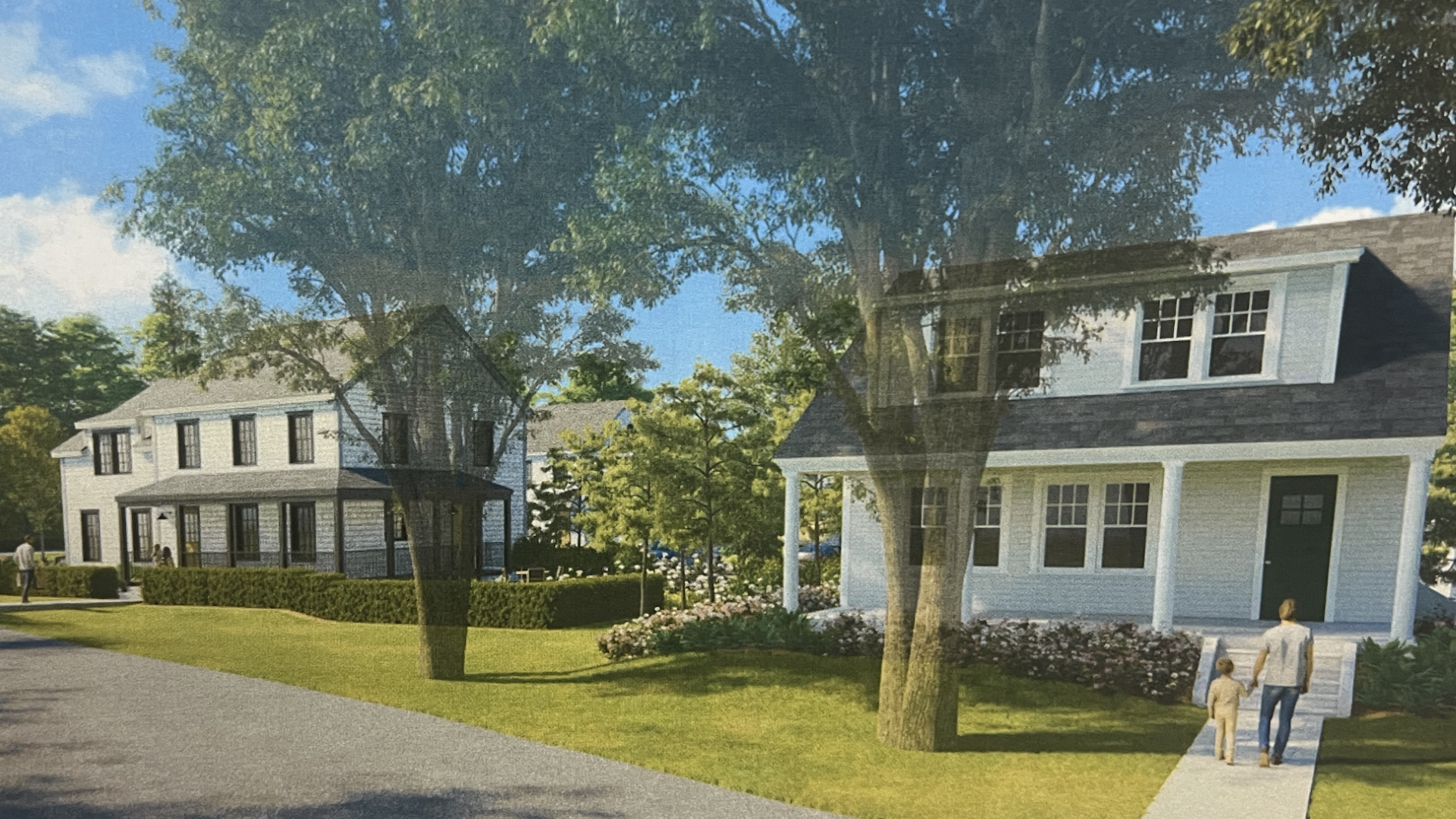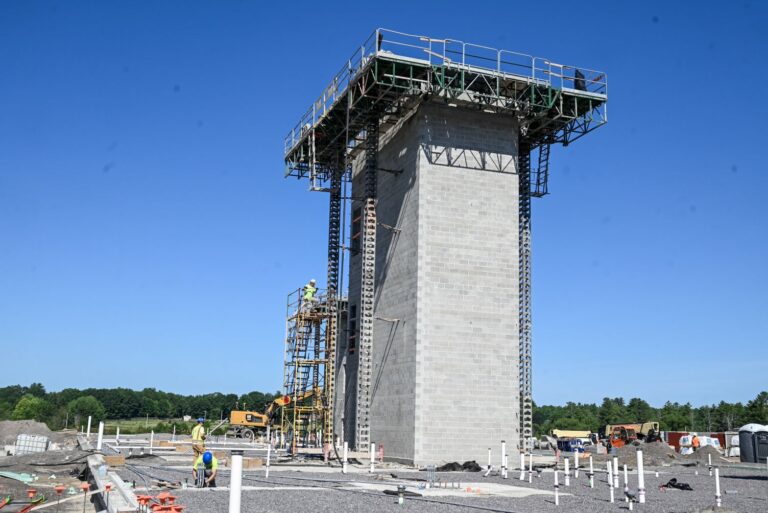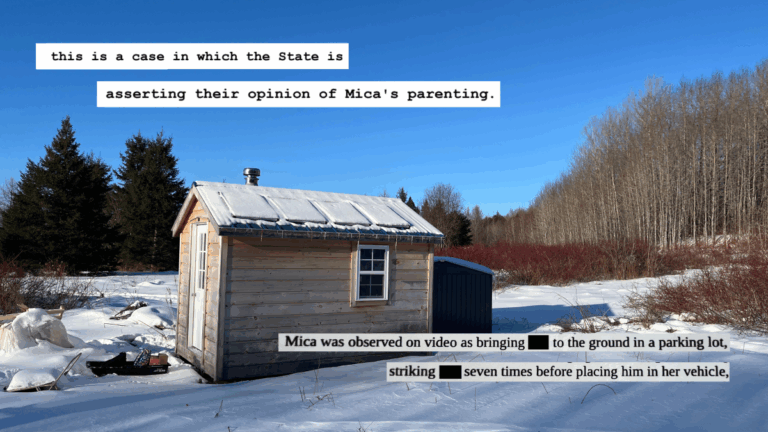In the summer of 2009, I worked as a waiter in Bar Harbor, serving tourists lobster, clams and mussels. I was 24, with an English degree that was proving worthless in the recession. The previous winter, I had been sleeping on a friend’s couch in Boston and working at a laundromat.
Mount Desert Island and its tourist economy saved me.
I moved into an apartment, along with four other guys, that overlooked the harbor and is now a hotel. I spent my days exploring swimming holes and hiking trails. In the evenings, I brought expensive food and drinks to tables of tourists and summer residents.
After work, I commiserated with fellow seasonal workers while buying drinks from bartenders I considered friends. It was a happy time, one made possible by tips from the wealthy people who visited the island and the downtown apartment I walked home to at night.
Finding housing as a blue-collar worker on the island was tough then. In the intervening years, it has become nearly impossible, thanks to home-sharing services like Airbnb and a pandemic migration to Maine’s coastline.
So when the Bangor Daily News published a story in July titled “Summer residents try blocking workforce housing project on MDI,” I was immediately intrigued. My interest was piqued further when I read that the housing project was only six units.
After the town of Mount Desert’s planning board approved the project, seven summer residents sued. A judge ruled against them, but they appealed the ruling to Maine’s highest court, delaying the project and costing the town thousands in legal fees.
I went to the high court’s office in Portland and pulled the lawsuit. It made a series of technical arguments about why the planning board’s decision was wrong, but nowhere did it explain why the residents wanted to stop the project. It only explained, in essence, why they could.
I wanted to know more — what was the project, who was opposing it, and why? As I began to dig into the reporting I realized that these weren’t just any summer residents — most were immensely wealthy, even by Northeast Harbor standards. Some were descendants of great nineteenth-century industrialists.
Why were they filing a lawsuit to stop desperately needed housing for workers in a place where they only lived a few months out of the year? The lawsuit didn’t explain. And the lawyer representing them wouldn’t respond to emails.
So I looked at the planning board proceedings to learn more. Fortunately, the town recorded and posted planning board meetings online. While watching several hours of those meetings helped me understand the issues before the planning board, and some of the arguments against the project, it didn’t give me much insight into the people who were suing. The meetings often occurred in the off-season, when the summer residents weren’t around.
Fortunately, they, and many others, both for and against the project, submitted letters and emails to the planning board. I went to the Mount Desert town office and asked for the file, a voluminous stack of folders held together by rubber bands. It was there I found communications from some of the people suing the town.
What was surprising in all of this was how many of the people — if not all of the people — who opposed the project insisted they weren’t against workforce housing. Some had donated to groups that had built similar housing projects elsewhere on the island.
They were just against this particular project. The one near them.
I read their arguments to the planning board about the problems they saw with the project: complaints about the “density,” increased traffic and how it would change the “character” of the area.
I made efforts to talk to them, which included knocking on a few doors, but didn’t get much of an answer. Some agreed to talk to me off-the-record and went on the record with some of their more watered-down thoughts. They were well aware of the NIMBY (not in my backyard) label, and insisted it shouldn’t be applied to them.
An undercurrent of the opposition seemed to be a fear about the project’s benefactors — two people even richer than the plaintiffs. Billionaire brothers Mitchell and Stephen Rales had backed the nonprofit trying to build the housing, and some residents seemed worried about what the brothers could do to their quaint village.
In many ways, the whole episode was an argument between out-of-state millionaires and billionaires about where local working people should be able to live.
Those working people were more than happy to talk about how the housing shortage was hurting not only them as individuals but the health of the community, its municipal services and its businesses. Likewise, summer residents in favor of the project spoke about the need for more workforce housing. Without it, workers were continuing to move farther and farther away, raising the cost of just about everything and the town’s tax burden.
I also learned that the pressure from the lawsuit seemed to create a possibility for negotiation between the plaintiffs and the nonprofit behind the project. That nonprofit was in need of funding after the Rales brothers stepped away, and some of the plaintiffs seemed open to donating in exchange for some concessions.
For now, things remain in limbo. The project is on hold as the appeal moves through the legal process. If the Maine Supreme Court decides to hold oral arguments, they probably won’t be until March or April.
Just in time for tourist season.







